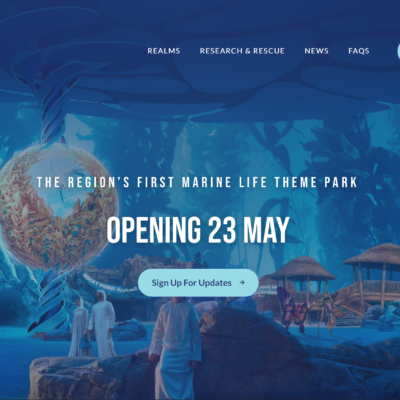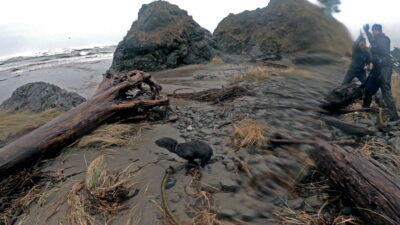The Minnesota Zoo in Apple Valley, Minnesota, made history recently with a groundbreaking surgery that has left a sea otter on the road to recovery. Rocky, a sea otter at the zoo, was having difficulty getting out of the water and using his back left flipper. Zookeepers noticed this issue last June and started treatment for what appeared to be a possible infection. Despite the initial improvement, Rocky’s symptoms worsened in the fall, and it became clear that he wouldn’t regain the use of his flipper.
Enter the Minnesota Zoo vet team. Three highly skilled veterinarians with extensive experience in sea otter surgery worked together to perform what is believed to be the first-ever sea otter flipper amputation. The surgery was performed on-site at the zoo, which helped reduce anesthesia time and stress, giving Rocky the best chance at a successful recovery. Within an hour of waking up from anesthesia, Rocky was back in the water in his behind-the-scenes habitat, which was crucial for his overall health and recovery.
According to Dr. Karisa Tang, a veterinarian at the Minnesota Zoo, it is essential for sea otters to return to the water as soon as possible after surgery in order to maintain proper thermoregulation. Sea otters have the thickest fur coat of any mammal and can overheat easily. Maintaining the correct body temperature is crucial for their overall health, which is why Rocky was placed back in the water so quickly.
Rocky’s speedy recovery is a testament to the expertise and dedication of the Minnesota Zoo’s veterinary team. After several days in his behind-the-scenes habitat, Rocky is now ready to return to his public habitat along the Zoo’s Russia’s Grizzly Coast exhibit. Here, visitors can see him swimming with his sea otter companions, Capers and Jasper.
The Minnesota Zoo is a world-class destination located in Apple Valley, just minutes from the Mall of America. Its mission is to connect people, animals, and the natural world to save wildlife. As an accredited member of the Association of Zoos and Aquariums (AZA) and an institutional member of the World Association of Zoos and Aquariums (WAZA), the Minnesota Zoo continues to demonstrate its commitment to wildlife and the preservation of their habitats. The zoo is an invaluable resource for visitors and animal lovers alike, and Rocky’s successful surgery is just one of the many reasons why.









